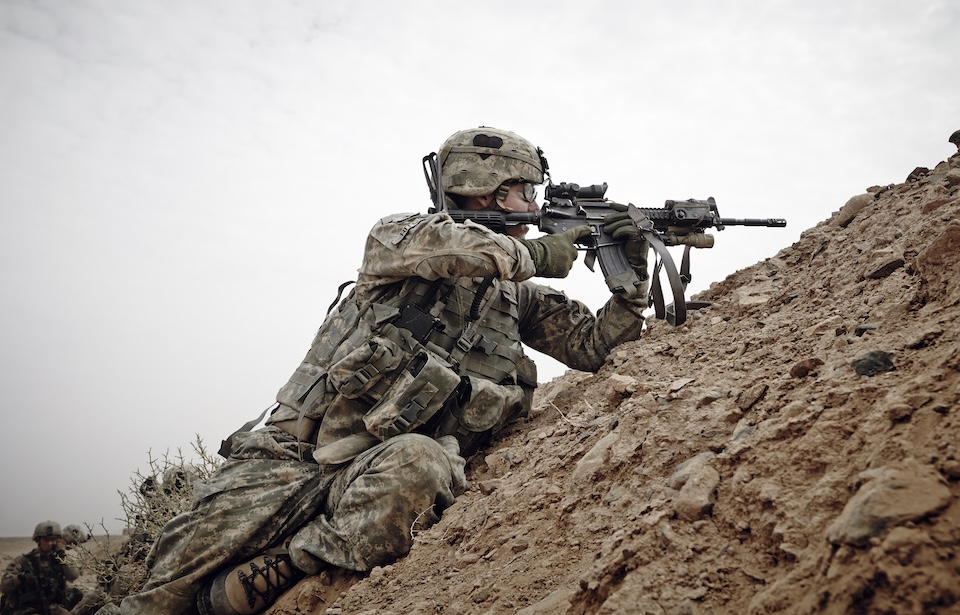Enlisting in the US Army is among the bravest career decisions an individual can pursue. However, military pay has long fallen short of recognizing the full extent of this commitment. For over a hundred years, service members have generally received less than their civilian peers. Even today, military compensation does not fully reflect the importance of their roles or the challenges they endure. This article delves into the history of pay for America’s defenders, following its evolution from the Revolutionary War to the present.
Revolutionary War
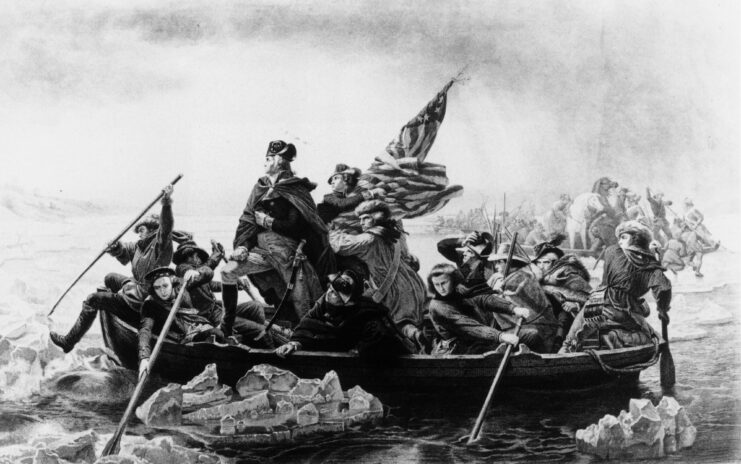
The Revolutionary War involved the US fighting for independence from Britain. Throughout the conflict, the Continental Army included about 150,000 men, with 17,000 serving at any given time.
Soldiers’ pay differed based on their rank. Upon enlisting, each was promised a one-time bounty of either land or money, along with a monthly salary. Privates received $6.00, while generals earned $8.00. Captains received $20.00, and colonels were paid $50.00 per month. These salaries struggled to keep pace with inflation, and the Continental Congress was slow to adjust the Army’s pay structure.
Negotiations led to a pay increase for some, with colonels being raised to $75.00 a month and captains to $40.00. Privates didn’t receive a raise, which strained their finances, as they had to pay for their own uniforms, weapons and gear.
War of 1812
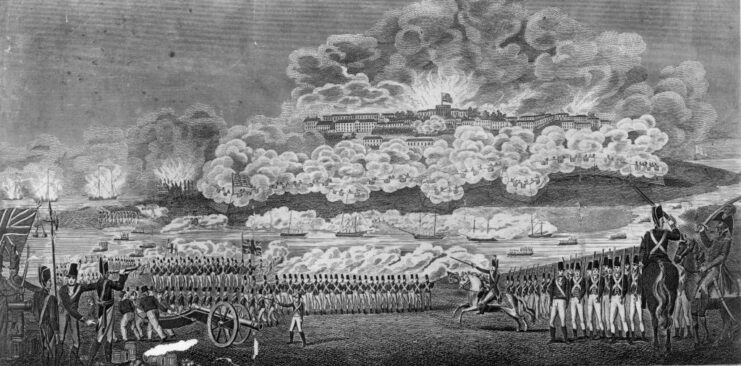
During the War of 1812, soldiers initially enlisted for a five-year term in the Army, though this was later adjusted to last for the duration of the war. Enlistees were offered a one-time bounty of $31.00 and 160 acres of land, which Congress later increased to $124.00 and 320 acres. This financial incentive was substantial, surpassing the yearly earnings of the average unskilled laborer.
In the beginning, privates received a monthly wage of $5.00, while noncommissioned officers earned between $7.00 and $9.00. Officers’ pay varied, ranging from $20.00 to $200.00. To combat recruitment shortages, Congress eventually raised the wages for privates and noncommissioned officers by $4.00.
Early in the war, delays in payments from Congress caused refusals to march and even mutinies in October 1812. As the war continued, the situation worsened, with soldiers owed between six and twelve months of back pay by the fall of 1814.
Mexican-American War
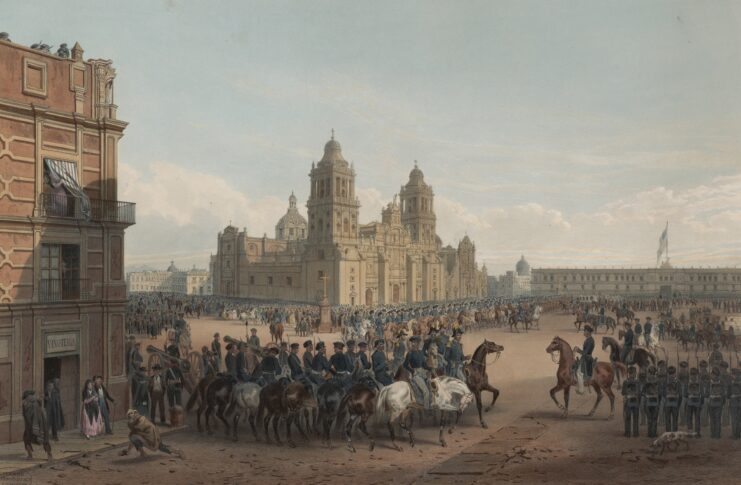
During the Mexican-American War, US forces, known as the Regular Army, consisted of specialized units, including infantry, artillery, cavalry, and engineering corps. At the outset of the conflict, the army’s total strength was just 7,365 soldiers, with its foundation resting on eight infantry regiments.
Those who enlisted committed to a five-year term, earning a monthly wage of roughly $7.00. The low pay drew individuals with limited employment opportunities and education, as well as foreign nationals. By 1845, 42 percent of the soldiers were foreigners—half of whom were Irish, with the rest hailing from other European nations.
In times of need, the government could call on volunteers to form state-raised regiments under the authority of the Militia Act of 1792, and these regiments were required to serve wherever the War Department assigned them. However, state militias could not be forced to serve beyond their home state’s borders.
American Civil War
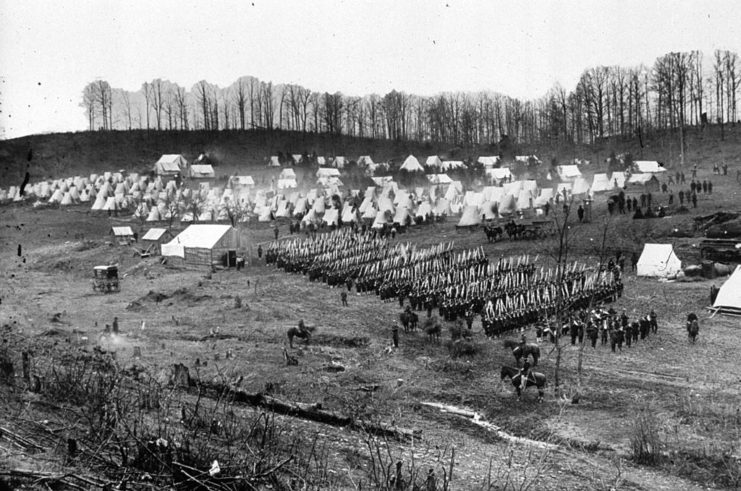
Troops’ salaries between the Confederate and Union armies during the American Civil War differed:
- Privates – $11.00 (Confederacy) vs. $13.00 (Union)
- Corporals – Both received $13.00
- Sergeants – Both received $17.00
- First Sergeants – Both received $20.00
- Quartermaster Sergeants and Sergeant Majors – Both earned $21.00
- Second Lieutenant – $80.00 (Confederacy) vs. $105.50 (Union)
- First Lieutenant – $90.00 (Confederacy) vs. $105.50 (Union)
- Captain – $130.00 (Confederacy) vs. $115.50 (Union)
- Major – $150.00 (Confederacy) vs. $169.00 (Union)
- Lieutenant Colonel – $170.00 (Confederacy) vs. $181.00 (Union)
- Colonel – $195.00 (Confederacy) vs. $212.00 (Union)
- Brigadier General – $301.00 (Confederacy) vs. $315.00 (Union)
- Major General – $301.00 (Confederacy) vs. $457.00 (Union)
- Lieutenant General – $301.00 (Confederacy) vs. $748.00 (Union)
- General – $301.00 (Confederacy)
Officer pay for both sides included allowances, which the salaries of Confederate generals didn’t reflect. As well, all Confederate generals received the same base pay, as regulations recognized just one grade above the rank of colonel. However, generals holding different commands were afforded additional allowances, and those commanding in the field received an additional $100.00.
US Colored Troops were paid a meager salary of $10.00 a month for the majority of the war, of which $3.00 was deducted for clothing allowances. While soldiers on both sides were meant to be paid every two months, this rarely happened, due to the great distances the military paymaster had to travel.
Spanish-American War
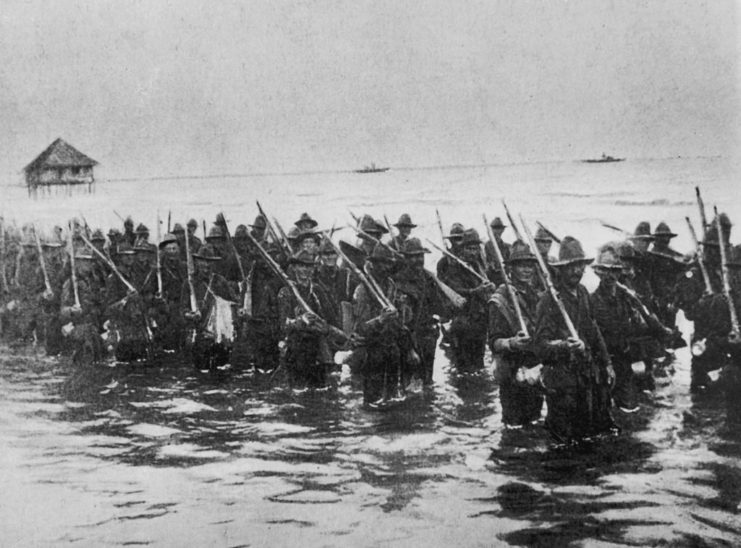
The Spanish-American War saw the end of Spanish colonial rule in America and allowed the US to acquire territories in Latin America and the western Pacific. During the conflict, Army privates were paid a monthly salary of $13.00, the same as during the Civil War. However, unlike in previous years, its value was higher, due to deflation.
According to a newspaper article published in the Rome-News Tribune on February 17, 1980, one private’s pay was eventually increased to a “whopping” $30.00 a month, a massive increase for those used to being paid just a third of that amount.
World War I
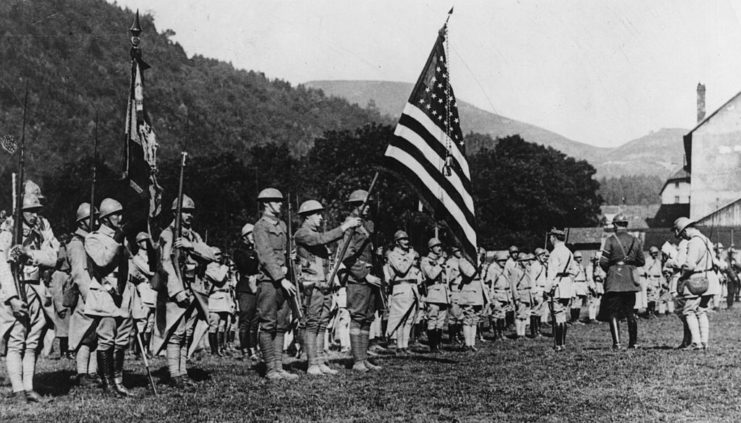
World War I was a brutal conflict, featuring trench warfare, bloody battles and the introduction of poison gas. Troops serving in Europe received varied salaries based on the number of years they’d been enlisted. For example, a private in their first year of service earned $30.00 a month, while corporals received a salary of $36.00.
A full list of pay for each section of the Army, as well as the salary increases for each year of service, can be found here.
On top of their monthly salaries, troops were also provided life insurance through the War Risk Insurance Program. This was due to commercial insurance companies either charging higher premiums for soldiers or excluding protection against the hazards of war.
World War II
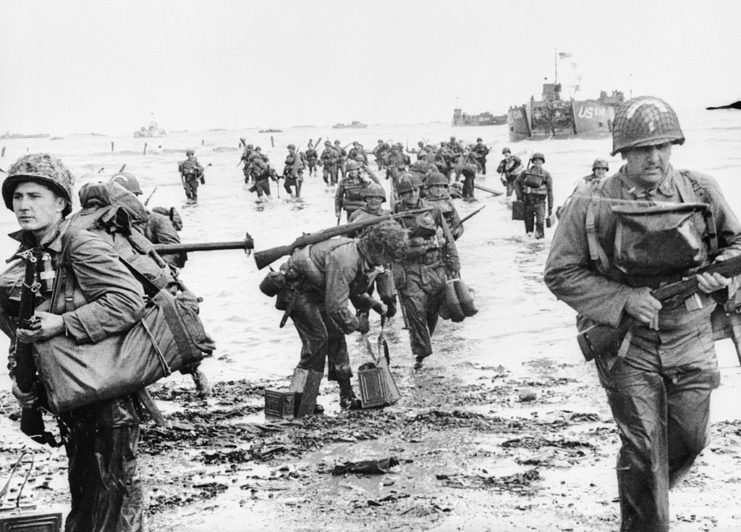
Prior to World War II, serving in the military wasn’t everyone’s first choice in career. In 1939, the Army featured a roster of 189,839 servicemen. That changed following the Japanese attack on Pearl Harbor, and by 1945 there were 8,267,958 enlisted.
Salaries vary depending on the source. According to Moneywise, privates were paid $21.00 prior to the US entering the war, a total that increased to $50 in September 1942. The National WWII Museum, on the other hand, lists the average base pay for enlisted servicemen at $71.33, with officers earning a salary of $203.50.
WWII also saw the introduction of Badge Pay for combat infantry members, due to the hazardous conditions they fought in. The initiative awarded $10.00 a month to holders of the Combat Infantryman’s Badge, earned through combat service, while those with the Expert Infantryman’s Badge, earned through proficiency training, were given $5.00.
Korean War
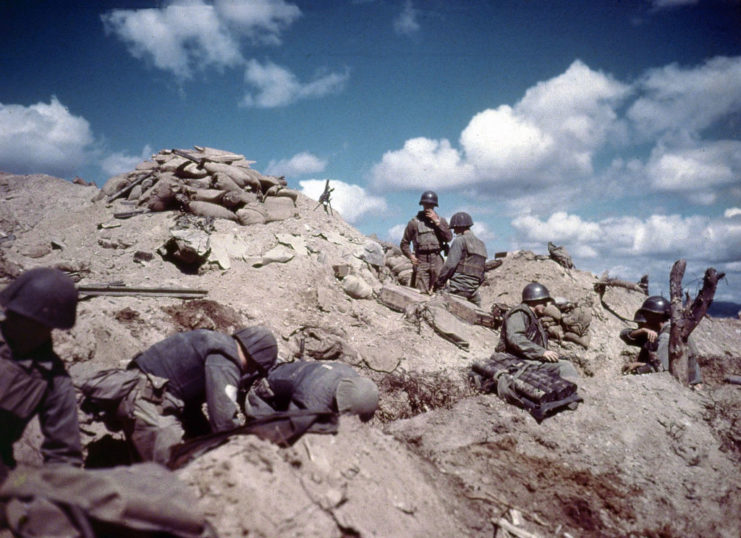
The Korean War began when 75,000 soldiers from the North Korean People’s Army crossed the 38th parallel, the boundary dividing them from the Republic of Korea. This incursion led to three years of intense fighting.
As in earlier conflicts, the troops’ monthly salaries were determined by their rank and length of service. For example, in 1952, an E-1 with less than four months of service earned $78.00, while an E-7 received a monthly pay of $206.39. Additional elements like Aviation Pay, Submarine Duty Pay, and Sea and Foreign Duty Pay could further impact these amounts.
In 1952, Combat Pay was introduced for deployed servicemen, marking the first modern instance of direct combat compensation. This pay provided $45.00 per month to those serving at least six days in specified “combat units” and to those wounded, killed, or injured by enemy action.
Vietnam War
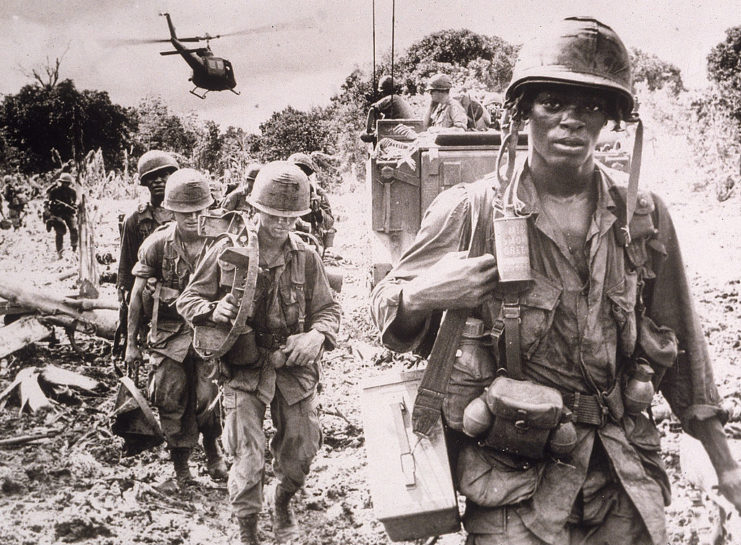
E-1 wages remained the same between 1952 and ’58, meaning troops among the Army’s lower ranks made the same salary in both the Korean and Vietnam wars. However, when inflation was factored in, those serving in Vietnam were actually earning less.
As the conflict progressed, new troops were given a salary of $78.00, while those who’d served over four months earned $83.20.
In 1963, Combat Pay was renamed Hostile Fire Pay (HFP) and remained relatively the same. The only difference was that the Department of Defense was granted near-complete discretion over how it was administered, leading to multiple changes. This included the rescinding of the six-day criterion and the introduction of “zonal eligibility.”
Gulf War
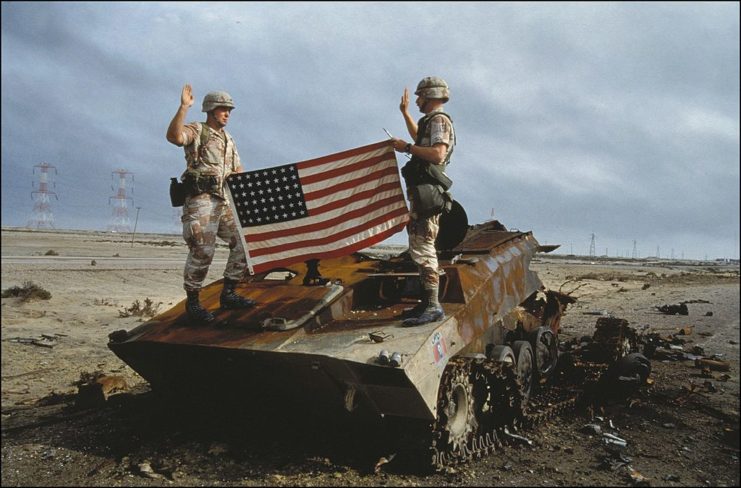
In August 1990, Suddam Hussein ordered his forces to invade Kuwait. Other Middle Eastern countries called for the US and the United Nations to intervene, and the UN’s Security Council set a deadline for him to withdraw forces by the middle of January 1991. When he failed to do this, the US launched Operation Desert Storm.
According to Business Insider, those serving in Iraq with over four months of experience were making $753.90 a month, while those with less than that earned around $697.20. They were also eligible for Hostile Fire Pay/Imminent Danger Pay.
Wars in Afghanistan and Iraq
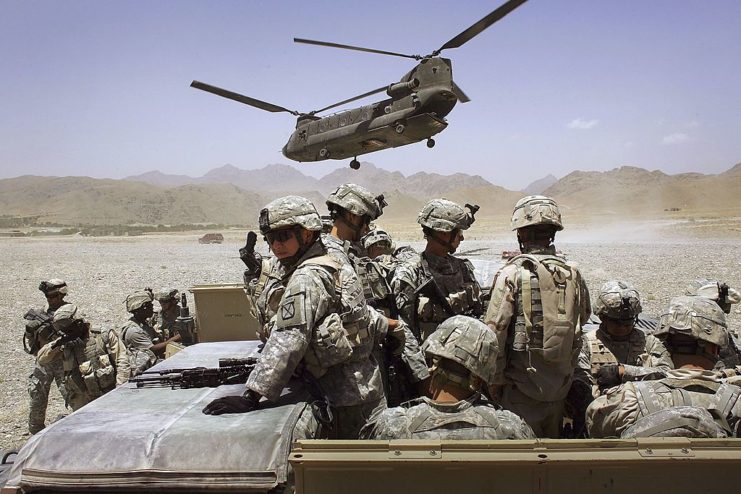
The US began the wars in Afghanistan and Iraq in 2001 and 2003, respectively. With the War in Iraq, deployed troops were making just a few hundred dollars more than those who’d served in the Gulf War. Veterans earned a monthly salary of $1,150.80 and those with less than four months under their belt took home just $1,064.70.
More from us: 5 Of The Most Brutal Tactics in the History of Warfare
New! Want to become a trivia master? Sign up for our War History Fact of the Day newsletter!
America officially withdrew its troops from Afghanistan in August 2021, which drew criticism from military officials, politicians and society as a whole, due to the Taliban taking control of Kabul, the country’s capital.
